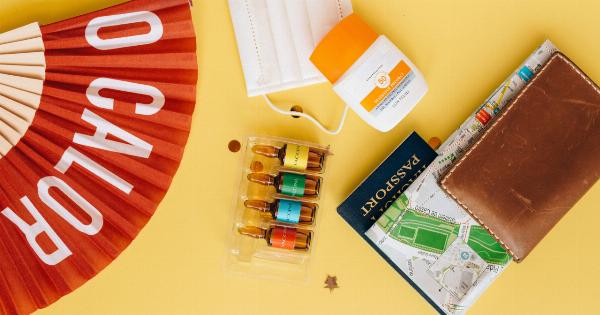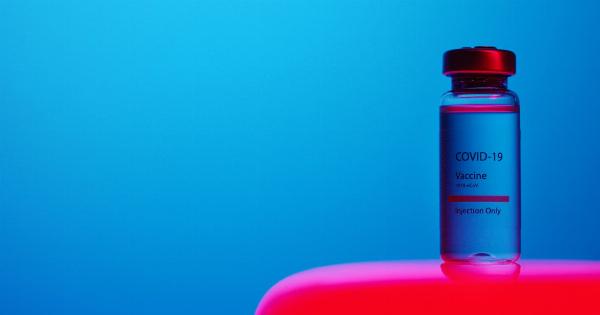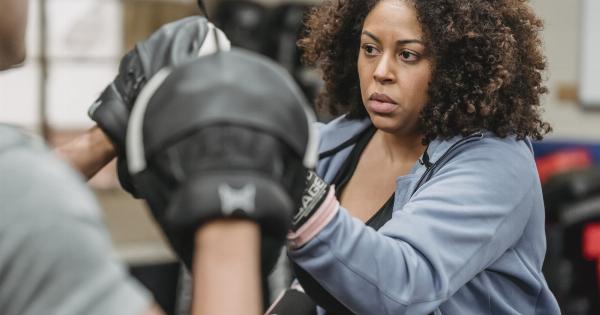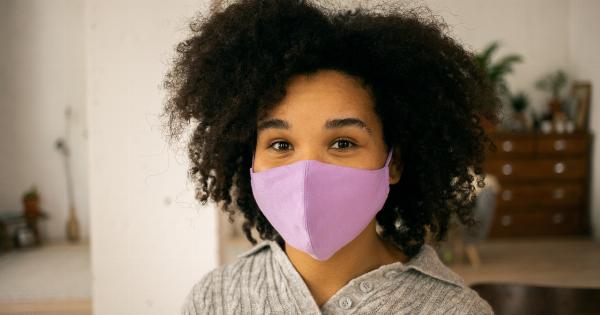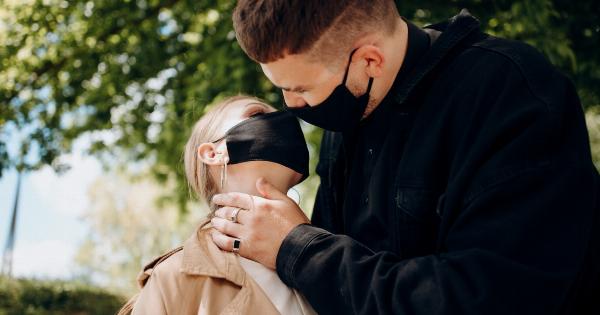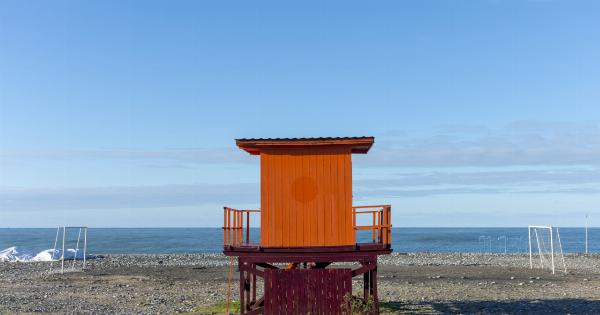Burns can occur in various situations and can range from minor to severe injuries. Protecting yourself from burns is essential to avoid painful experiences and long-term consequences.
Whether you are in the kitchen, working with hot objects, or exposed to fire or chemicals, it is crucial to be aware of preventive measures and safety precautions. In this article, we will discuss practical tips and guidelines to protect yourself from burns and minimize the risk of accidents.
Understanding Burns
A burn is an injury to the skin or other body tissues caused by heat, electricity, chemicals, radiation, or friction. Burns are categorized into different degrees based on their severity:.
First-Degree Burns
First-degree burns are the mildest form of burns and only affect the outer layer of the skin. They typically cause redness, pain, and minor inflammation. Sunburns are a common example of first-degree burns.
Second-Degree Burns
Second-degree burns affect both the outer layer of the skin and the underlying layer. These burns cause blistering, intense pain, swelling, and redness. If not treated promptly, they can lead to infection and scarring.
Third-Degree Burns
Third-degree burns are the most severe and penetrate through all layers of the skin. These burns can also damage tissues, muscles, and bones.
Third-degree burns typically appear charred, white, or black and may not initially cause pain due to nerve damage.
Preventing Thermal Burns
Thermal burns are caused by heat sources and are the most common type of burn. To protect yourself from thermal burns:.
1. Practice Kitchen Safety
When cooking or working in the kitchen:.
- Use oven mitts or potholders to handle hot pots, pans, and dishes.
- Keep flammable materials, such as towels and curtains, away from stoves and open flames.
- Ensure that your cooking area is well-ventilated to prevent the accumulation of gas or smoke.
- Use caution when removing lids from hot containers to avoid steam burns.
2. Use Protective Equipment
When working with hot objects or in potentially hazardous environments:.
- Wear appropriate protective clothing, such as heat-resistant gloves, long sleeves, and pants.
- Use insulated tools and handles to minimize direct contact with heat sources.
- Ensure that your workspace is well-lit to avoid accidental contact with hot surfaces.
3. Be Cautious around Hot Liquids
Hot liquids can cause severe burns, especially if spilled. Take the following precautions:.
- Never leave hot liquids unattended, especially around children.
- Use spill-proof containers whenever possible.
- When working with boiling liquids, use a long-handled utensil to avoid direct contact.
- Avoid placing hot liquids or foods on unstable surfaces or near the edge of a table.
Preventing Electrical Burns
Electrical burns occur when an electric current passes through the body, causing internal and external injuries. Here’s how you can protect yourself from electrical burns:.
4. Follow Electrical Safety Guidelines
When dealing with electrical appliances or outlets:.
- Ensure that all electrical installations and connections are performed by qualified professionals.
- Do not overload electrical outlets or use appliances with frayed cords.
- Keep electrical appliances away from water sources, such as sinks or bathtubs.
- Teach children about the dangers of playing with electrical outlets and cords.
5. Use Ground Fault Circuit Interrupters (GFCIs)
A GFCI is an electrical safety device that quickly shuts off the power supply in case of a ground fault or electrical surge. Install GFCIs in areas where water is present, such as kitchens, bathrooms, and outdoor outlets.
6. Be Cautious during DIY Projects
If you are performing electrical work on your own:.
- Ensure the circuit is turned off before making any electrical connections or repairs.
- Wear insulated gloves and protective gear to minimize the risk of electrical shock.
- Consult an electrician if you are unsure about the safety procedures or techniques.
Preventing Chemical Burns
Chemical burns occur when the skin or eyes come into contact with corrosive or irritating substances. To protect yourself from chemical burns:.
7. Handle Chemicals with Care
When working with chemicals:.
- Always read and follow the instructions provided on the product labels.
- Wear appropriate protective gear, including gloves, goggles, and aprons.
- Work in well-ventilated areas to prevent inhaling toxic fumes.
- If a chemical comes in contact with your skin, immediately rinse the area with running water for at least 20 minutes.
8. Store Chemicals Safely
To avoid accidental exposure:.
- Keep chemicals in their original containers and ensure they are properly sealed.
- Store chemicals in a cool, dry place away from direct sunlight.
- Store chemicals out of reach of children and pets.
- Never mix different chemicals unless specifically instructed.
Preventing Sunburns
Excessive exposure to the sun’s ultraviolet (UV) rays can cause sunburns and increase the risk of skin cancer. Protect yourself from sunburns:.
9. Apply Sunscreen
Use sunscreen with a sun protection factor (SPF) of at least 30 and apply it generously to all exposed areas of skin. Reapply every two hours or after swimming or sweating.
10. Seek Shade
Avoid direct exposure to the sun, especially during peak hours (10 am to 4 pm). Seek shade under umbrellas, trees, or wear protective clothing, such as hats and long-sleeved shirts.
Conclusion
Preventing burns should be a priority in our daily lives. By implementing safety measures and following preventive guidelines, we can significantly minimize the risk of burns and their potential complications.
Remember to practice caution, educate others about burn prevention, and always seek medical attention for severe burns. Stay safe and protect yourself from burns!.









